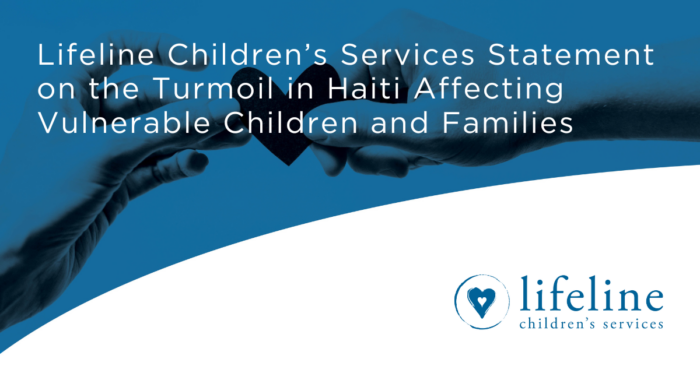When I ask families newly home with their child how they are adjusting, they will often state, almost as an apology, “All we do is play, we are just playing”. When I hear this I want to shout from the rooftops “Hooray! Hooray! Hooray! They are engaging in Play!” Play is the most important activity of childhood. Karyn Purvis co-author of The Connected Child, states, “Play is the language of children.” It is through play that children learn: how to navigate the world and their place in it, how to gain confidence in their skills, how to begin to make sense of their past and begin to heal from that past. Play is the best tool a parent has to build a strong attachment with their child and to help the child develop a strong foundation of trust and security. Knowing that play is important and builds connection, why is it so hard to incorporate into our lives? Parents gave insight to that question in a poll conducted by APAC (Alabama Pre/Post Adoption Connection): 40% stated they were too busy, 32% indicated sheer tiredness, 15% stated it is awkward and they don’t know how and 5% stated it brought them stress. As parents we need to understand the importance of play and make a way to incorporate it into our busy schedules.
How to Play: Play should not be stressful but fun for both parent and child. There is not a set formula for playing correctly. A great place to start is to reflect on your own childhood and what you enjoyed and then pass that enjoyment on to the next generation! Observe your child as they play and what interests them, then join them in play. Help them to build and expand on their interests or develop new interests together. Children love to be the leader in play and having a parent mirror what they are doing creates a great bond. Have a playful attitude throughout the day. Concentrate on making the most mundane of tasks fun. For example, walking from the store to the car can turn into a quick game of follow the leader. Sitting at a red light can prompt a game of “I spy”. The Big Purple Dinosaur, Barney, was onto this concept as he sang “Clean up, Clean up, everybody do your share”, while picking up toys. This playful song makes the job fun and gets it done without the power struggle! So make up some songs of your own as you rake leaves, fold laundry and do the dusting. We had P.J. races at our house to see who could get theirs on the quickest; it took all the stall tactics out of going to bed!
Play Teaches Life Skills and Good Behavior: Research shows that through play we can help our children build connections in their brain that will help them with self-regulation. Using puppets and role play is a great way to teach the behavior you want to see in your child and the character traits you want to instill in them. It is very helpful for a child to be able to practice through puppets or role play (more fun if costumes are involved) an upcoming new situation they may face such as: first trip to the dentist, meeting a new friend, how to behave in church or at sister’s piano recital. It also allows your child to practice the correct behavior you want your child to achieve. Your child will love to take the role of the parent in these situations and you can misbehave as you take the role of the child. Then swap parts so everyone has a chance to experience feelings and emotions on both sides. I guarantee it will end in laughter!
Healing Comes through Play: Movement for many children is a key part of allowing them to relax. Play can disarm a child. It is when they are in a relaxed state that they are able to connect with their memories and feelings. Be careful to listen to the things they are saying as they play with the tea set or push the dump truck through the sand. You may gain great insight into what your child is thinking and what they have experienced in their past. As a child plays you may find them reenacting stories from their past. This is allowing the child to make sense of their past and can bring resolution to the trauma they have experienced.
Play and the Older Child: Foster and adopted children have often missed the opportunity to play. Many children with histories of trauma are emotionally and socially delayed in development so don’t assume a child is “too old” for a particular game or activity. Your child may never have experienced a game of Candy-land or played in the water sprinklers. If you show that you are comfortable and not too old for the activity they will be glad to join in. Allowing your child to regress a bit in their play provides an opportunity for them to experience the joys of a first baby doll or set of Legos. It allows them to catch up with important developmental, social and emotional skills. For the older child adopted internationally playing certain games also provides them with an opportunity of understanding their new culture and gives them a shared cultural experience with other children. Their peers do not need to know they are enjoying these missed experiences; it can be a private matter.
Bryan Post, a licensed clinical social worker and family therapist, recommends the 10-20-10 principle to help parents begin to build play into their day. He suggests 10 minutes of play in the morning with your child to start the day on a positive note. 20 minutes in the afternoon when they return home. This helps them (and you) decompress from the day and process their experiences and then another 10 minutes of quieter play in the evening as you move toward bedtime. So Go…….
P is for Plan to play with your child each day
L is for allow them to Lead the play
A is for being Attuned to your child’s emotions during play
Y is for You, as you are the most important part of the equation, the interaction you have with your child will build lasting memories and connections.
CONCLUSION: I leave you with these wise words from a man some of us connected with as young children, Fred Rogers, “ When we treat children’s play as seriously as it deserves, we are helping them feel the joy that is to be found in the creative spirit. It’s the things we play with and the people who help us play that make a great difference in our lives.”
For the additional help in the area of play check out these resources: What’s Your Play Personality by Michael Monroe at www.empoweredtoconnect ; The Out of Sync Child Has Fun by Carol Stock Kranowitz and I Love You Rituals by Becky A. Bailey, Ph.D.
Developed by Lynn Beckett, LBSW



